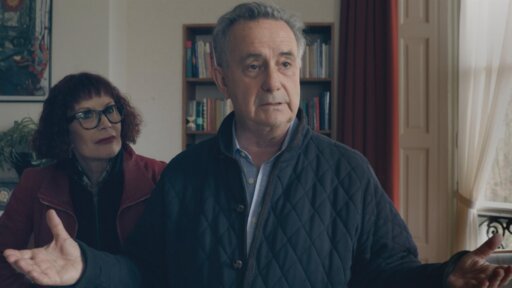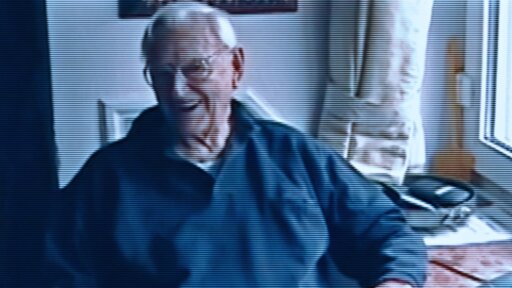The explosion of new museums in post-war America increased the demand for art –while, at the same time, those looking to shrink their taxable income were being given tax breaks for charitable donations. These two factors created a “very murky” market, explains restitution attorney Raymond Dowd, as “museums became filled with toxic assets. Almost no one had a motivation to look into provenance.”
Features


-And if you really want to understand the Lohse-Rousseau relationship, the answer and the key is found in America's tax system.
In the early 1950s, tax rates were insanely high.
Now, to the truly wealthy, you needed tax breaks, desperately, if you were not to lose all of your wealth.
From that time, we saw the explosion of American museums.
Because if someone donates to a museum, they get a tax break.
And the reason art is the best tax break is because if you buy this artwork for $1,000, and the curator would say it's worth $10,000, then, donating it to the museum, you get a $10,000 tax break.
So, in this environment of Americans eager to get tax breaks, they were hungry for artworks -- and particularly European artworks.
And in this very murky, if not black, market, museums became filled with toxic assets.
Almost no one had a motivation to look into provenance.
